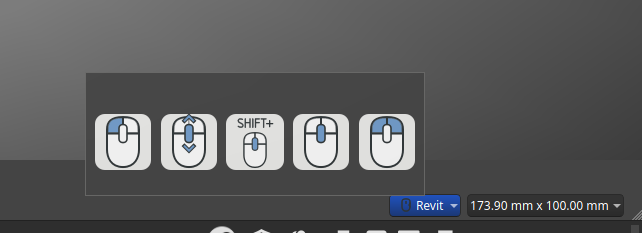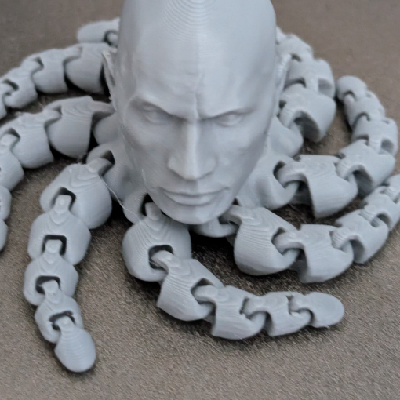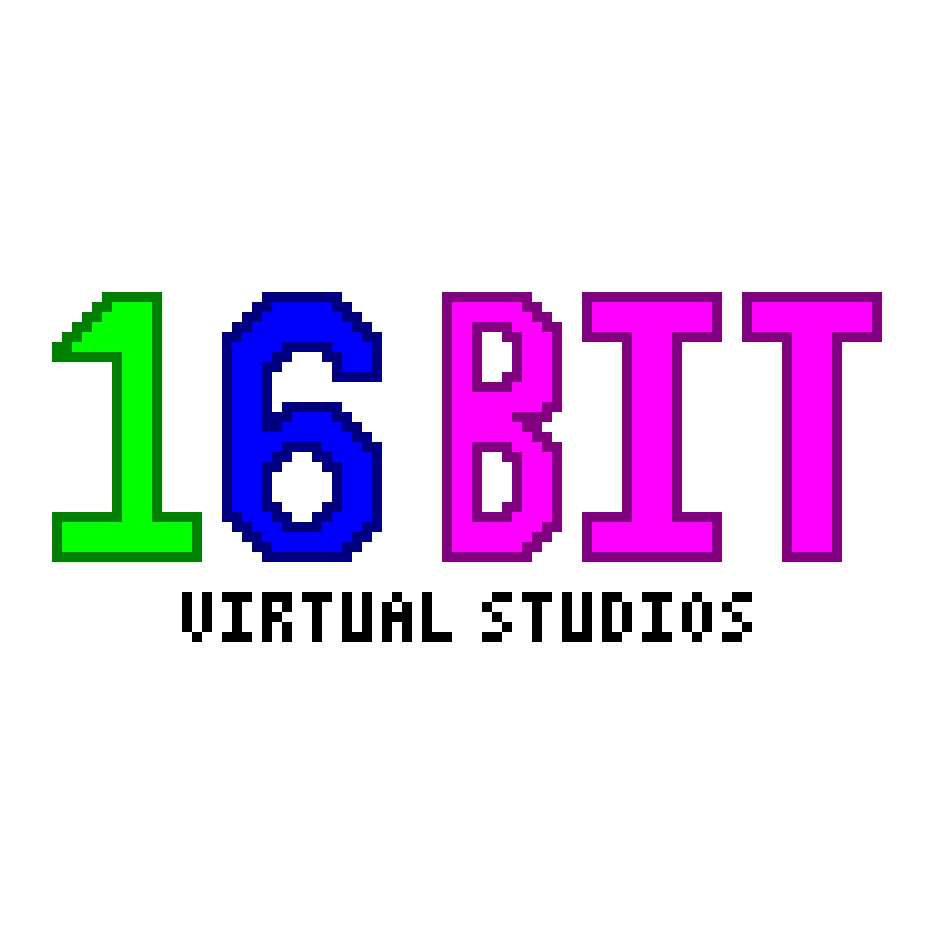So, I’m trying to print some older models from thingiverse and I have discovered that basically all the files I want to print have glaring flaws in them.
Internal free floating structures, connector pieces and holes that are the exact same size… So on and so forth…
Do I need to learn a software like CAD or Blender to fix these? I seem to be able to do some basic stuff in Orca Slicer but it honestly seems like as much of a pain to modify the parts there as it would be to use a real software.
Is there one that’s easier? I think I messed around with SketchUp once upon a time.
I am worried this feels like opening a can of worms just so that I can make a thing that already exists in a dozen forms better.
Yes. Advise against doing what I did which is getting weirdly agile with modeling in the slicer at the cost of making cad software less desirable to learn. I finder Tinker cad pretty limiting and personally I can do more in slicer than I can with tinkercad. I do like Mattercontrol which is free, easier to use, and more powerful than tinkercad.
Good old Thingiverse. You’ll get a great education in now not to design things for 3D printing wading through that slurry pit.
Yes, consider a 3D printer useless if you don’t know how to use 3D modeling software.
I was recently roughly in the same place. I have played around in the past with a few things, but there were reasons I didn’t really get into any of them: Fusion360 and their increasingly limited free options, OnShape and their online only thing… so on…
FreeCad has a new release candidate for what they’re calling version 1.0, meaning they consider it a mature and functional piece of software. I’ve been working with it, and yeah… it’s not perfect, but it’s definitely usable now. I figured if I was going to put all that effort into learning something, I might as well learn something that would always be free.
Netfabb before Autodesk fucked it will fix a lot of hanging vectors, Sketchup is just way easier to use than any CAD software I’ve every used but may or may not be able to open files included with Thingiverse downloads, depending on what was used to make them.
DM me if you need a copy of either. I’ve installed both on Linux in the past as well and have a link to some documentation on that.
This post turned out to be a bit of a rant about what drives me to model my own designs most of the time. In short, it isn’t required, but I highly recommend it.
I’d say that most people who own 3D printers have little to no skill in modelling and are happy printing whatever they can download online. Maybe they hit a point where they want more, but until then learning modelling isn’t a useful skill for them.
Personally, I’m a designer at the end of the day. 3D modelling is a crucial tool in taking my ideas and bringing them to life in a way that can be passed to a manufacturing process and made into a physical object. 3D printing just happens to be the manufacturing tool I use most often for personal projects because it is what I have the easiest access to. If I had a machine shop, I’d use that too. When working on high volume products I’ll design for injection molding, die casting, sheet metal, compression molding, etc.
I’m not against utilizing models people have already put online that solve the problem I want, that is just efficient use of resources. But I agree, most models out there are very poor quality so I pretty rarely use downloaded models. Heck, I just re-modelled Gridfinity bins because I couldn’t find a parametrically adjustable model for SolidWorks that I was happy with (on that note, the dimensional documentation for Gridfinity is straight garbage and I’m still not sure I have it right) and those are some of the most widely available models out there.
I also absolutely despise STL and other non-parametric file formats for sharing designs. They are terrible, inefficient formats that make files very hard to edit. Most people don’t export them in high enough resolution resulting in horrible looking faceted models. The community needs to fully accept STEP as the file format of choice now that any slicer worth using can import them properly.
I prefer parametric SCAD models. Maybe because I’m more of a developer than a designer.
SCAD allows for really cool things like I did with a parametric calendar model - you just input the year and it automatically calculates the first day of the year using a clever algorithm. It also works with leap years automatically, which is less cool but still very convenient.
But still doesn’t have chamfers or fillets.
I mean, OpenSCAD has primitives which you use to create your own shapes. It does have chamfers, if you add a module for that. Or download someone else’s code.
If you happen to have any background with coding, I recommend OpenSCAD. There are a (relatively) limited set of instructions, easy to pick up if you do any other coding.
Get SketchUp Make 2017 from the wayback machine. Is super intuitive and you can import stl files directly.
All the best softwares are dead. I apparently used to use the Microsoft 3D builder app to do this but it’s been also removed from the Microsoft store.
But good to know that some of these can still be got somehow.
Ill have to check this out. Any idea if it plays nice with wine?
I just switched to Linux and couldn’t figure out the install. But I literally just switched to Linux, so I don’t know, it could work great for all I know.
Most of the CAD software mentioned here will not be super helpful in modifying meshes (like STLs), but they’re great if you want to redesign the part from scratch :)
Tinkercad is the exception, as it works with meshes and booleans.
@Krauerking my opinion is no. For many things you can find a model on line. Much of the challenge can be getting the printer to work as you wish, so modelling might not be first on the to do list.
I’ve been reading the other comments, and while people are encouraging, their comments seem a bit too “you HAVE to learn CAD.” You definitely don’t NEED to know CAD. I made basic parts and modifications in the slicer for nearly a year after I started printing, and it worked really well. However, if you are considering learning a full CAD program, I have two pieces of advice.
First pertains to if you are working with functional parts. Then you are talking about a parametric CAD program (fusion, onshape, FreeCAD, etc.). In this case, I think it’s worth learning for you, and it’s not as hard as it seems. You say you have SketchUp experience, so I’m assuming you have decent spatial reasoning. I know someone with no tech literacy nor programming experience who learned a CAD program very well in less than a month of following tutorials in her free time. Just give it a try, and it’s a skill you’ll be happy to have.
If you are working with cosmetic parts like miniatures and helmets, then you might need to use something like Blender. Admittedly, that can be even more challenging than the other CAD programs I mentioned. However, if you spend a few hours learning some basics from YouTube, you should be able to do fundemental things like fixing holes.
Hope this helps. Good luck with your printing endeavors!
In my view CAD is always worth learning, especially if you understand what prints best on your printer.
FreeCAD is basically the worse possible beginners tools. Don’t get me wrong when you learn it, it’s good and comparable to professional CAD software. But the learning curve is dumb.
Learn the basics first. TinkerCAD is free (from Autodesk) and will get you started. But if you want something which would take you further Fusion360 is fantastic for beginners.
The workflow of CAD is as follows. Sketch -> Action -> Sketch -> Action. Lets say you want to make a box with a hole in it. Sketch the outer box -> Extrude it -> Sketch the inner box -> Extrude/Cut it.
it’s good and comparable to professional CAD software. But the learning curve is dumb
I have to agree on that. I feel I can only use FreeCAD because I’ve taught myself SolidWorks years ago and I know what to look for when I want to achieve something. Or said another way, when I want to do something in FreeCAD, my though process is always “In what roundabout, convoluted way can I do in FreeCAD what I used to do in 2 clicks in SolidWorks?”. The only reason it works for me is because I know it can be done and I know the intuitive way it should be done.
I kind of have the same issue in Blender: I’ve been trying to teach myself Blender for years, but no matter how hard I try, it’s just not letting me in. Unlike FreeCAD, I have never known any other software similar to Blender, so I don’t know what I’m doing - or rather, what I should be doing - and it’s excruciatingly frustrating.
The commercial alternative to blender is software like Maya. But I too struggled with Blender, however I feel that’s because 3D modelling is different from CAD, since modelling is like molding clay into the shape you want it in, rather than accurately measuring it out like in CAD.
Plasticity. (xnurbs is so damn nice)
Yes 3D modelling like in blender can be quite precise but it’s a completely different mindset than CAD, much more about taking basic shapes and sculpting into what you want. Of course then there’s the whole animating/shading/lighting and so on which don’t exist in CAD at all.
If it had as many 2 minute long tutorials in youtube explaining exactly the feature I was looking for as F360, FreeCAD would be the best case software
I have trouble remembering what key pans and what key rotates view and the thought of actually figuring out how to manipulate the 3D file in FreeCAD felt like it was gonna melt my brain.
But thank you for the recommendation. TinkerCAD made me feel like I was playing with children’s blocks but at least I understand them.
I also think I’m gonna try get started on learning something else after I brute force this stupid single print. And I think it will just be trying some of them out.
Yeah Fusion is the way to go, especially if you are learning. Lots of hate for it around here, due to Autodesk endlessly changing their policies. But there’s no point in learning the basics when you don’t know if it’s you… or the software.
But if your issue is just navigating the 3D space in FreeCAD, you can set it such that it’s the same in TinkerCAD/Fusion 360. FreeCAD calls it Revit, and you can set it in the lower right corner. Hold you mouse over it to show tool tips.

It’s not great for every use case, but my ‘get this printable’ solution is Tinkercad. It’s pretty easy to use, but is correspondingly simple.
Google’s sketchup (last free version is from 2017, but can still be found) is easy tool and still has bunch of mantained add-on’s.
Even though I have FreeCAD installed (and I thinkered in it) I use SketchUp for all my prints.
Plus in comparison to FreeCAD SketchUp has no learning curve (plus I learned some tricks from free tutorial videos Trimble uploads)I was in a simiar boat, but once I started learning it really took off and I couldn’t find enough things to model/fix! I started with meshmixer, it’s pretty simplified but still somewhat powerful and I think Windows only. Once I found stuff I couldn’t do with it I switched to blender and now I’m much faster with it. I found there are some things each implements better so if having an issue I’ll switch and try something else. I highly recommend picking one and watching youtube videos specific to what you want to change in a model
Edit: you may be able to get by on some of the connectors by lowering flow too, depends on how dialed in your printer is, everyone needs different tolerances
Yeah. I will want to learn some more of this soon but part of it is picking one that doesn’t drive me batty and taking some time to work with it before trying to print something complex.
But as for now I found outer wall order and x/y home compensation worked for me really well to get the pieces together. Slicer settings brute forcing for the temp win.
I can’t compare it to the cad examples but meshmixer is definitely easier to use for small stl edits than blender, especially for things like cutting and keying parts. If you are just trying to make a pin smaller or hole larger, editing the xyz of specific points in blender may be easier depending on shape. Good luck!
part of it is picking one that doesn’t drive me batty and taking some time to work with it
CAD and 3D modeling can look overwhelming for a beginner, but there are some tools that are pretty quick to pick up the basics of.
Tinkercad is probably the fastest for most people to get some basic results from.
Personally, I have been working on learning FreeCAD. The newest version is a major step forward in capability and the learning curve isn’t too steep - especially with some of the tutorials I’ve found on youtube.
Belnder is it’s own beast - super powerful, but very different that anything else I’ve tries to use.
I find that being able to sketch up things I need in CAD and then print them is both cool and really useful. It’s the main reason I bought a printer in the first place. Thus far I’ve tried out FreeCAD, Solid Edge, and Blender. With any modeling package, you will have to dedicate time on a regular basis to really get used to them. FreeCAD is certainly nice for the fact it’s free, just as it implies. I used it to design a few parts that were functional. It works, has some useful workbenches and add-ons. My problems were the software having bugs that caused models to break when trying to make changes, and available training info was often outdated. Siemens offers a free version of Solid Edge to makers, which is really nice, even with some of the advanced features turned off. It’s a much more polished program with great training resources. You can only export designs as stl files, but that’s fine for 3d printing. Solid Edge will slice and print, but I always import files into Orca and go from there. Blender looks really amazing for modeling, but I admit I haven’t spent enough time learning it yet. You can use it to manipulate meshes, which is useful for customizing and fixing models. I’ve used it to Frankenstein together different models for custom prints I wanted. But yeah, while you don’t have to learn to use modeling software to do prints, it opens up so many options for you to be creative. I think it’s worth while.












